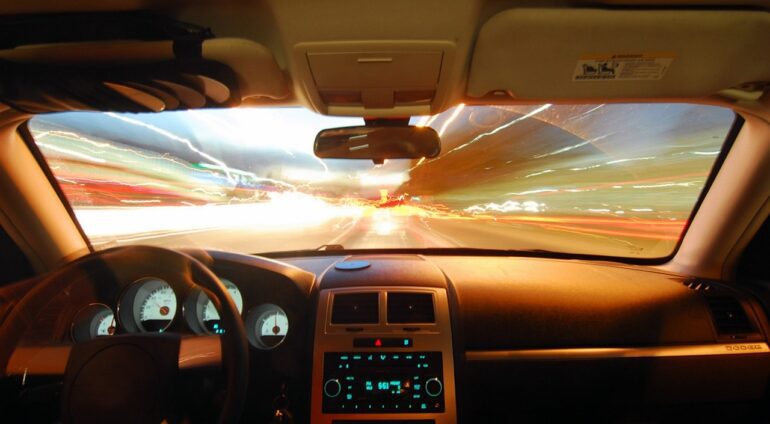TL;DR:
- High-speed driving presents challenges for humans and AI navigation models.
- UC Berkeley research explores the autonomous adaptation of navigational strategies for high-speed driving.
- FastRLAP system combines reinforcement learning and autonomous practicing for efficient learning.
- Components of FastRLAP include a finite state machine, pre trained visual representation, and sample-efficient RL algorithm.
- RL policy is trained in the real world to improve aggressive driving maneuvers.
- FastRLAP outperforms baselines in terms of lap times and collision reduction.
- Effective high-speed driving strategies learned in under 20 minutes of real-world training.
- FastRLAP has the potential to advance RL-based navigation skills in various applications.
Main AI News:
High-speed driving poses significant challenges for both human drivers and vision-based AI navigation models. The increased velocity reduces reaction time, making collision-free navigation more difficult and requiring controllers that can handle the vehicle’s dynamics and perceived obstacles in such demanding conditions.
While previous approaches to this task have relied on imitation learning, which involves expert human demonstrations, a new research paper from UC Berkeley explores an alternative possibility: adapting navigational strategies autonomously for effective high-speed driving.
In their paper titled “FastRLAP: A System for Learning High-Speed Driving via Deep RL and Autonomous Practicing,” the UC Berkeley research team introduces the FastRLAP system. This system leverages sample-efficient end-to-end reinforcement learning and autonomous practicing in real-world environments to efficiently learn the “aggressive maneuvers” necessary for high-speed driving.
The FastRLAP system comprises three main components. First, it features a finite state machine (FSM) that selects the next checkpoint for the online reinforcement learning (RL) policy and facilitates automatic recovery from collisions, enabling autonomous real-world practice. Second, a pre-trained representation of visual observations is employed to capture driving-specific features like free space and obstacles. Lastly, a sample-efficient RL algorithm is utilized for online learning.
The RL policy is trained in the real world to reach the goals indicated by the FSM. Through this training process, it improves by learning aggressive driving maneuvers in challenging environments. Additionally, the researchers bootstrap the RL policy with an offline representation of navigation-specific visual features learned from previous data, enhancing computational and sample-training efficiency.
To validate the effectiveness of FastRLAP, the research team conducted an empirical study using a small RC car in various real-world environments. The results consistently demonstrated faster lap times and fewer collisions compared to baselines such as ImageNet Pre-Training and Offline RL. Remarkably, FastRLAP achieved its effective high-speed driving strategies with less than 20 minutes of real-world training.
The UC Berkeley research team envisions that the image-based high-speed driving capabilities of FastRLAP could also advance the use of RL-based systems for learning complex and highly proficient navigation skills in diverse real-world applications.
For more information, including the FastRLAP code, additional experimental results, and videos, visit sites.google.com/view/fastrlap. The research paper “FastRLAP: A System for Learning High-Speed Driving via Deep RL and Autonomous Practicing” is available on arXiv.
Conlcusion:
The development of the FastRLAP system and its demonstrated success in learning effective high-speed driving strategies could have significant implications for the market. This technology has the potential to improve the safety and efficiency of autonomous vehicles and advance the use of RL-based systems for learning complex navigation skills in diverse real-world applications.
As such, businesses operating in the autonomous vehicle and AI industries should monitor the progress of this research and explore potential opportunities for collaboration or investment in related technologies.

